Autumn Planting Guide
Autumn Planting Guide
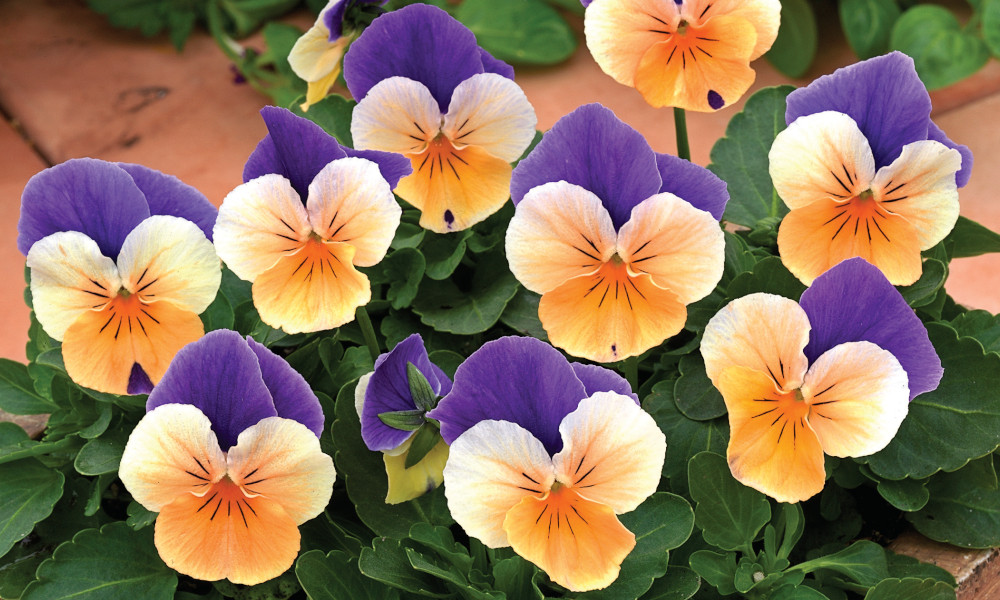
The gardens look to be slowing down in autumn and the blazing display of summer is followed by the cooler, shorter, golden days of autumn. The plants are dying back, and the trees are changing colour or losing their leaves. Some gardeners may take this as their cue to slow down too. However, there is great advantage to forward planning for the next spring and summer, not only will give you something to anticipate during the shorter, darker days of winter it will also ensure that you are a step ahead of the seasons in case it should turn inclement earlier than anticipated.
Spring Bulbs
When your mind turns to planting in autumn most of us think of spring bulbs, most if not all spring flowering bulbs should be planted in autumn. Snowdrops, and tulips are among the most common. There are over 13,000 cultivars of daffodils alone - so why not try something a bit different to the common yellow trumpet type. Narcissus ‘Thalia’ is stylish and classy befitting both modern and cottage garden schemes. Whereas Narcissus ‘Sunny Girlfriend’ has a split corona of frilly apricot and pearly white petals to lift spirits and demand your attention (even if it is through the window).
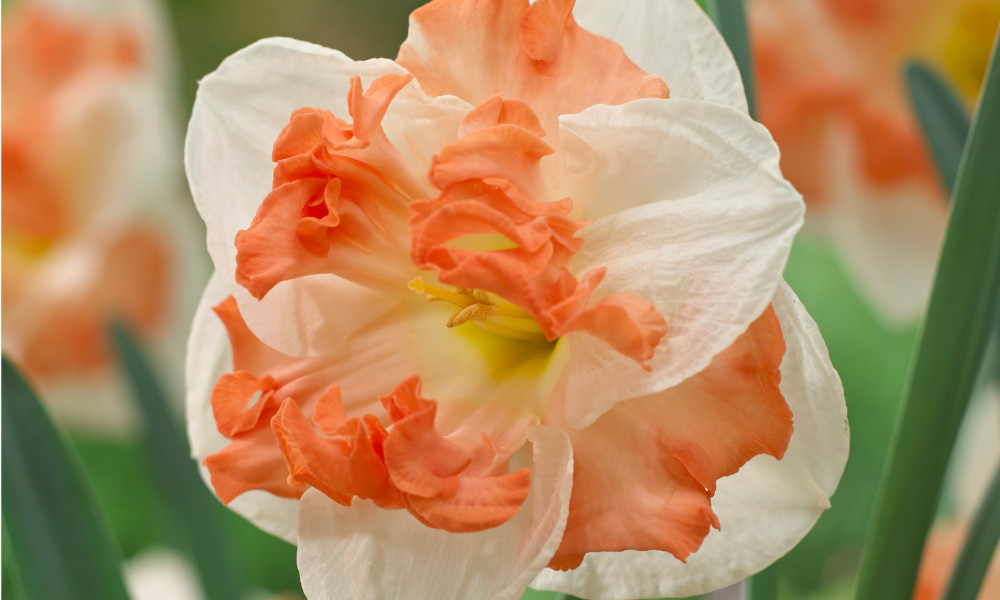
Tulips
Tulip wise there is just as much choice. They come in a range of shape, size and colour to suit any scheme or colour palette. Like all spring bulbs, tulips look their best when planted en masse and there are some truly spectacular combinations to try. For a rich jewelled tones try ‘Double Sugar’ with ‘Princess Irene’ and ‘Havran’. While a sweeter combination might be ‘Candy Prince’, ‘Purple Prince’ and ‘Sunny Prince’. We have tulips which look like lilies and a whole group reminiscent of peonies if you cannot wait for these to arrive in summer. There are even a number of Tulip cultivars which look like ice cream! Planted together with two or three different types will create huge impact.
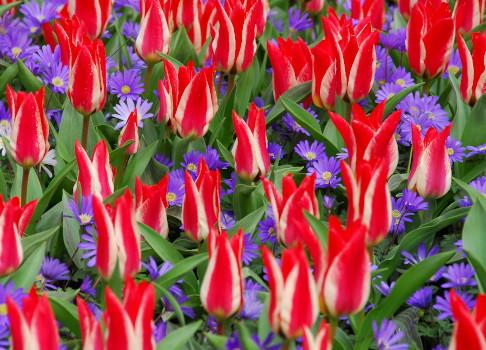
Autumn is also the time to plant later spring bulbs like irises and alliums, these bring a depth of colour as well as structure to the garden. Irises will pretty much double in size year on year, making them an excellent investment plant. Alliums will dry out after flowering but retain their seed heads to give height and structure in the border before dispersing seeds and feeding the birds.
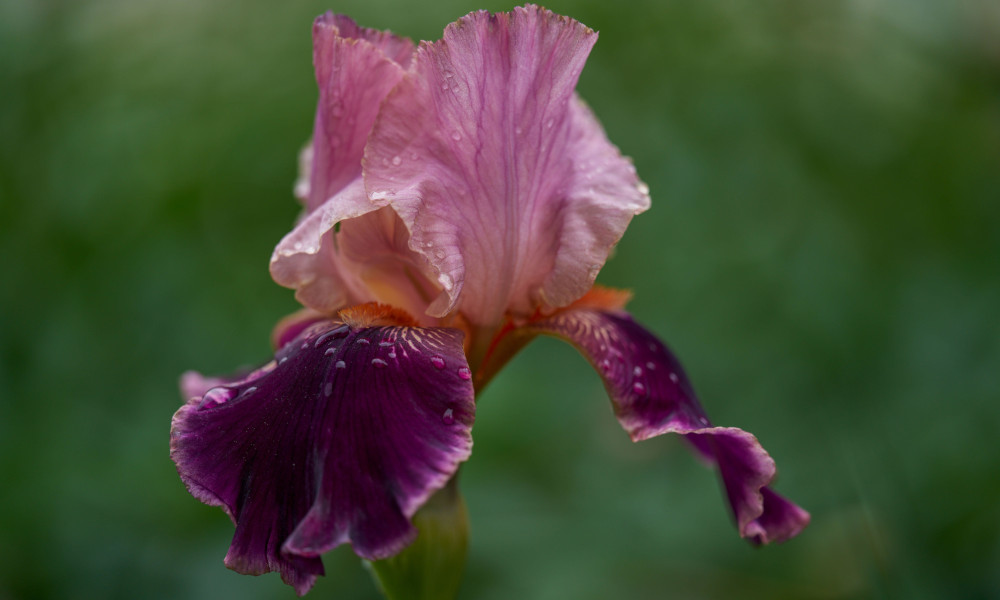
The spring bulbs planted in autumn will give you between 2 and 30 years of blooms – a huge variation to be sure. There are, however, some dependable annuals which also benefit from autumn sowing and will give a short, but nonetheless, valuable display. Hardy annuals can be sown before the spring and bring earlier flowers. Some even perform better with autumn sowing as they have already put down roots for increased vigour when the temperature starts to warm. This will help to make them more resistant to pests such as slugs and snails. Very hardy annuals such as Ammi majus, calendula and larkspur can be direct sown straight into the border in early autumn, while the ground is still warm. Even cornflowers along with some Papaver (Poppy) varieties can be directly sown into meadow and wild areas in autumn.
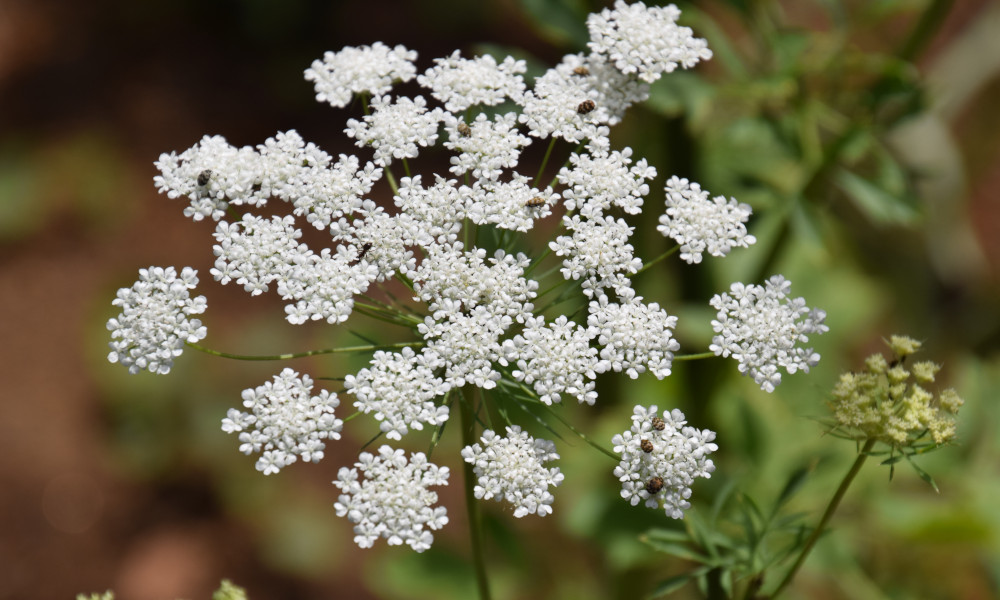
Winter Protection
However, there are other annuals that would prefer a little bit of protection over the winter months by utilising a cloche, fleece or greenhouse in order to benefit from an autumn sowing. Cerinthe major ‘Purpurascens’ and sweet peas are two which will benefit from a ‘head start’ in autumn.
The warm ground also provides an ideal time to plant any evergreen perennials and trees. If you do not already have any of these in the garden then we implore you to do so, they give year round interest, provide shelter for wildlife and in the case of some trees will also reward you with beautiful blossom and a harvest. Many trees become available to order in autumn and if they are planted straight away and watered well until the frost appears you may find that you are rewarded with blossom in their first year in gratitude. Apples, pears and plum trees grow very quickly and produce blossom while other large evergreens such as eucalyptus and fatsia japonica can fill out a space quickly, bringing gorgeous colour and valuable structure to the garden.

Planting Now
Autumn is also the ideal time to plant other perennials as the soil is already warm and wet so they grow immediately, whereas in spring the plants will wait until the ground warms up. Bare root roses are probably the best example of this, but many others will be grateful to join the garden at this time – check each plant’s description for clarification.
Plants such as Erysimum should be planted now so that they can commence their long flowering season as early as possible next year. Violas, pansies, cyclamen and primroses can also be planted to brighten up containers or borders in sparser months. If you are buying these bedding plants in the green (as a young plant) rather than sowing your own seed, then a good tip is to look at the underneath of the plant; if you see roots poking out of the drainage holes at the bottom then the plant is already well established and will continue to thrive once planted on. At this time of year, when there is often an abundance of rain, it is a good idea to mulch any new plants as the rain will help to dissolve the nutrients into the soil to be taken up by the actively growing roots.
Continuing to be busy in the garden in autumn means you will be reaping the benefits next spring. By then, plants will already be established and the list of things to do in spring will have been reduced too.





